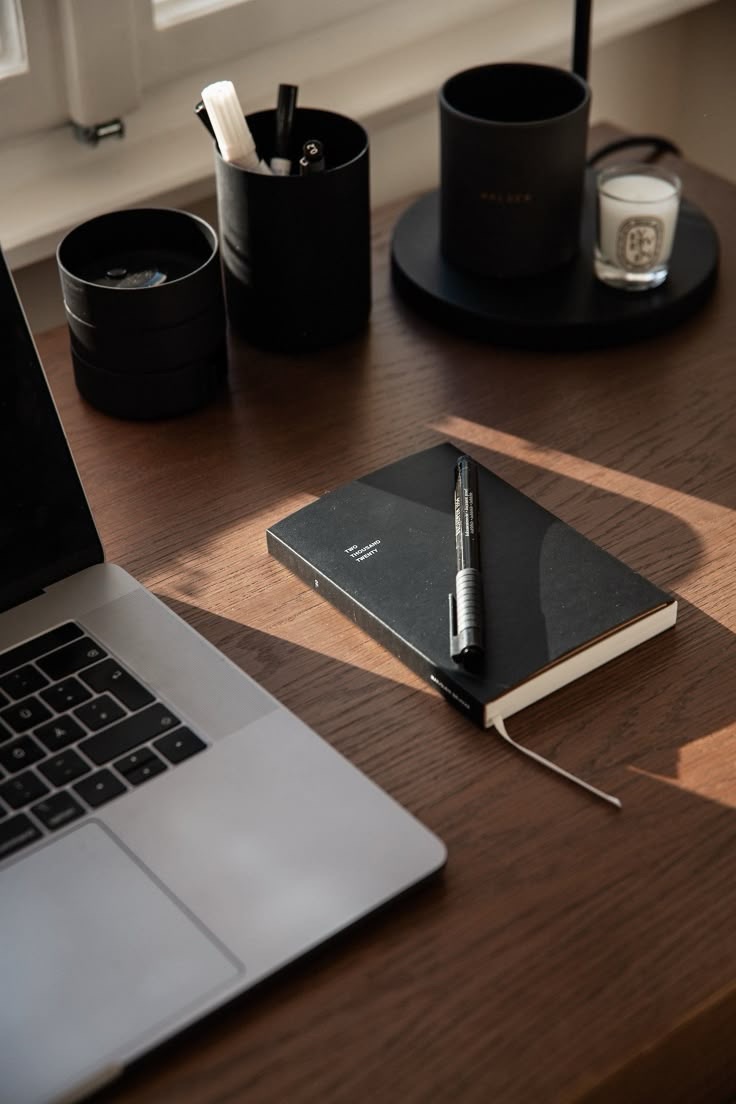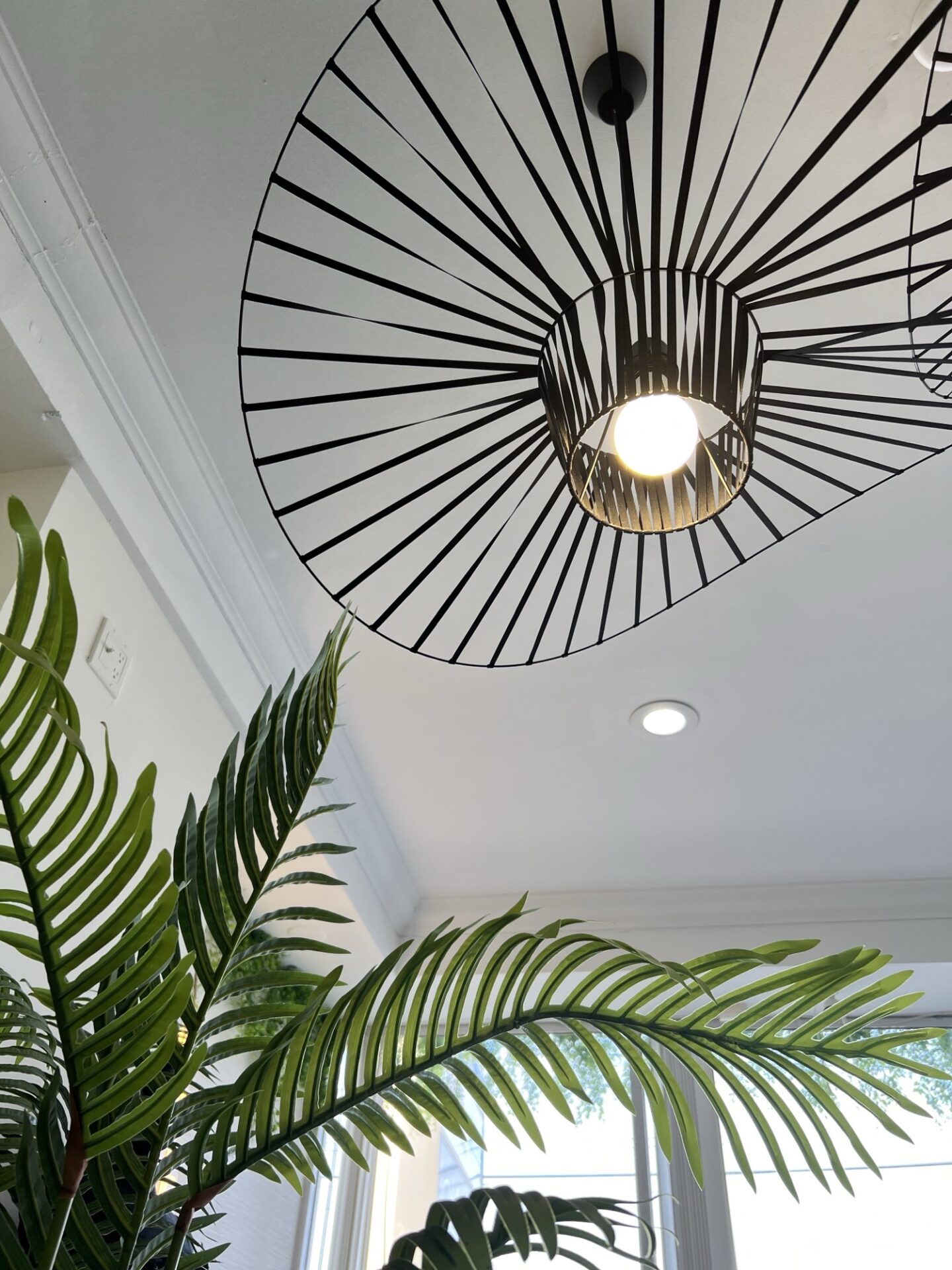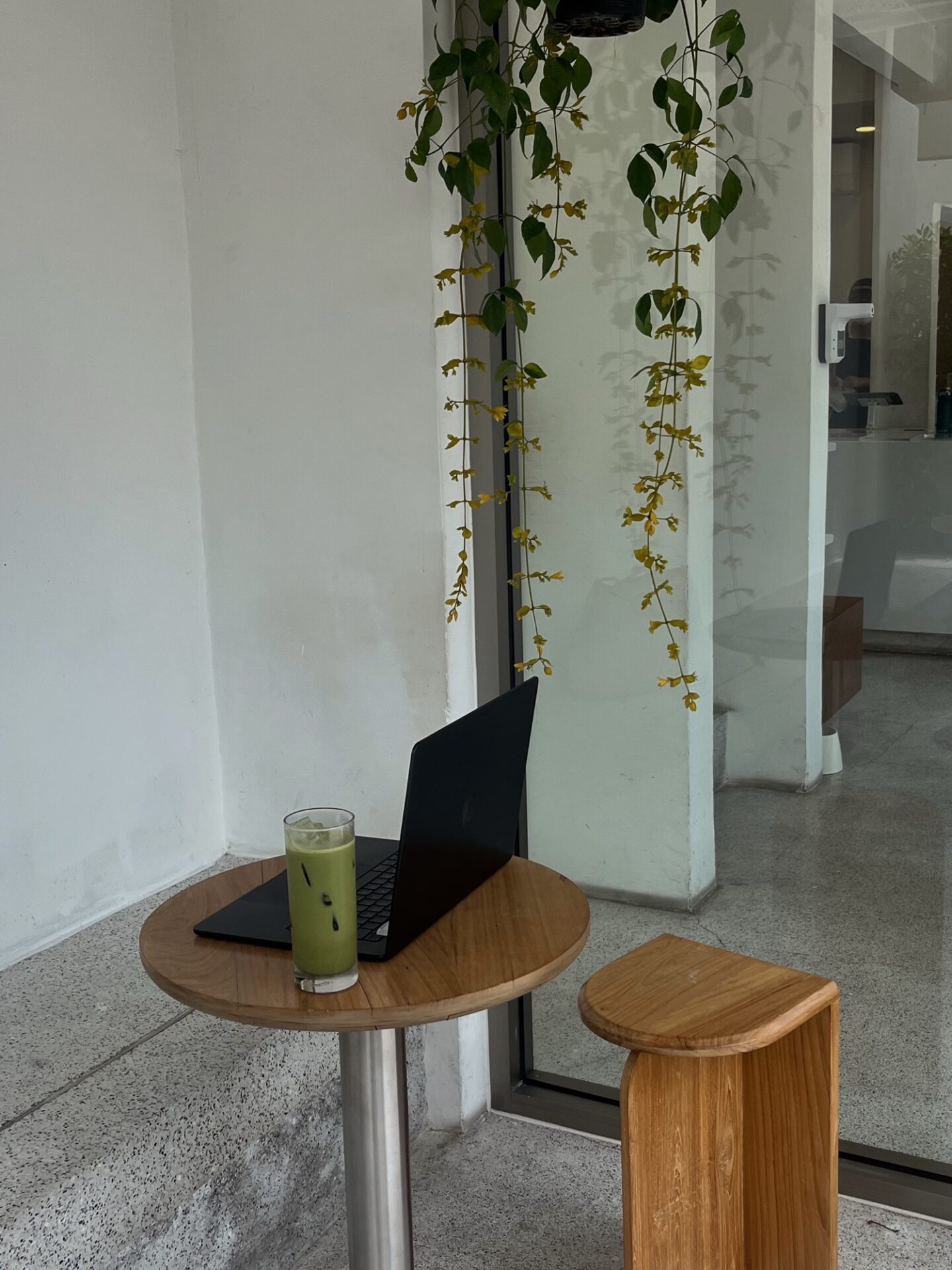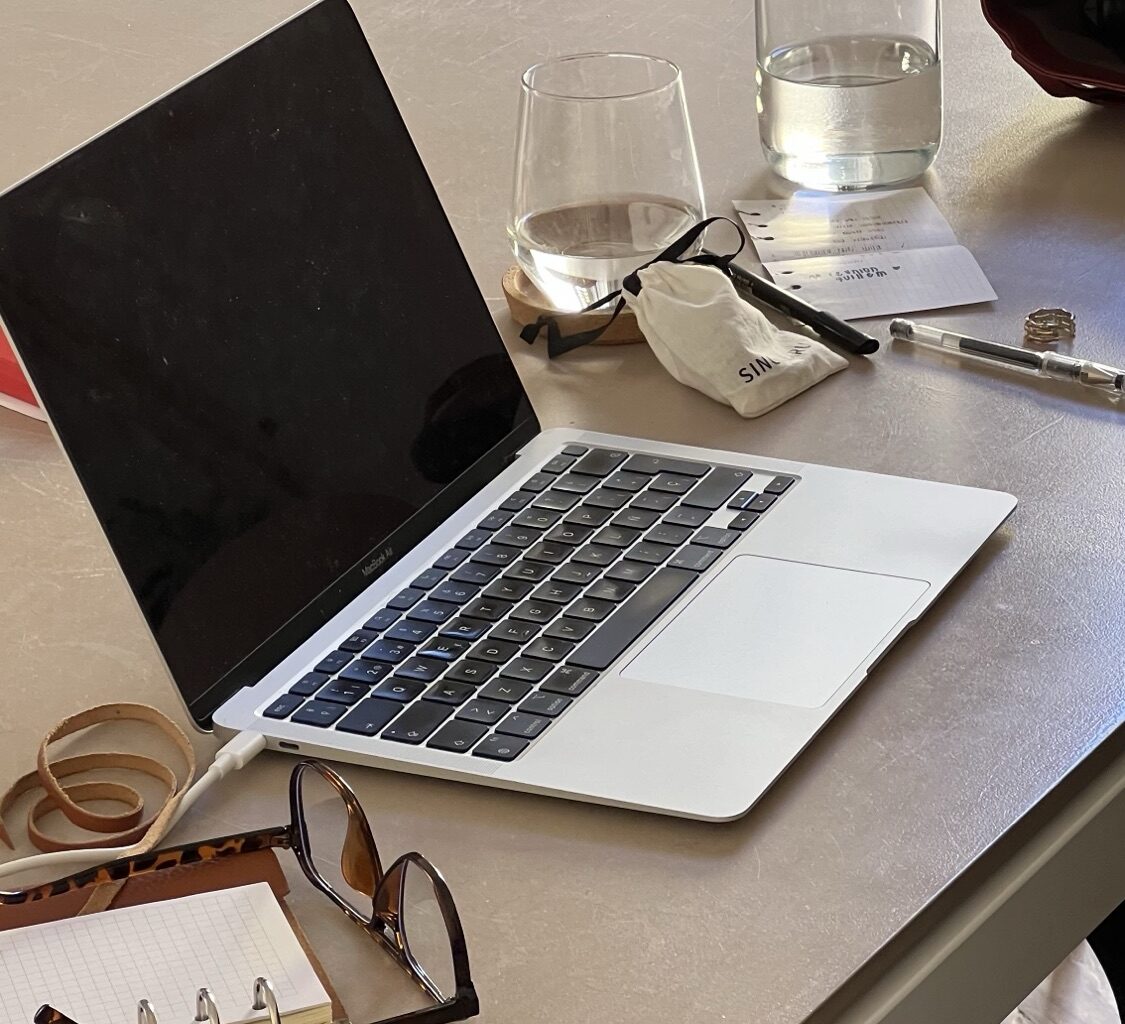Creating a workspace that feels genuinely professional doesn’t necessarily mean spending a fortune or undergoing a major redesign. Often, subtle shifts in layout, lighting, organisation, and cleanliness deliver the most impact. A tidy, well-thought-out office environment can help boost productivity, enhance client impressions, and support overall well-being.
Small changes can make a big difference. Whether managing a shared office, working from home, or updating a corporate space, prioritising the right elements can transform how a space feels and functions. Professionalism in workspaces starts with intention, creating a space that works hard and feels polished without being overdesigned.
Why Workspace Appearance Impacts Performance
Professional spaces are key in setting the tone for focus and discipline. When a workplace is tidy and well-organised, it becomes easier to concentrate. Visual distractions are minimised, tasks feel more manageable, and overall performance can improve. This structure supports a mindset geared toward achievement and clarity.
Cleanliness is another critical aspect of professionalism. A regularly cleaned office supports health and sends a strong signal about standards and priorities. Businesses that want to ensure their spaces remain consistently clean and inviting often use expert services such as procarecleaning.co.uk to manage commercial office cleaning. Maintaining these standards helps create a space that feels respected and valued.
Another overlooked aspect is the impression made during virtual meetings. With more work conducted online, a cluttered or chaotic background can distract participants and undermine credibility. Ensuring your environment supports both in-person and digital professionalism is key.

Daily Habits That Help Reduce Clutter
A professional workspace relies on routines that prevent mess from accumulating. One of the most effective habits is dedicating a few minutes to reset the space at the end of each workday. Filing paperwork, organising tools, and clearing the desk creates a fresh environment for the following day.
Another helpful approach is the one-in, one-out rule, meaning that an old or unused item is removed for every new item brought into the workspace. This keeps supplies relevant and storage under control, especially in smaller offices where space is at a premium.
Setting clear but flexible desk policies can be helpful when working in team environments. Instead of focusing on strict minimalism, it’s better to establish end-of-day expectations for tidiness. These can be supported by periodic reviews and adequate storage to encourage cooperation.
Space-Saving Solutions That Add Structure
Managing limited space is often challenging, but smart storage options make a real difference. Vertical storage, such as wall-mounted shelves or tall cabinets, frees up valuable floor area while keeping essentials close. These setups make even small rooms feel more open and less cluttered.
Multi-functional furniture pieces also provide a neat appearance while hiding the essentials. Desks with built-in cable management or storage ottomans help minimise visual mess without compromising access to the necessary tools.
Cable organisation is often overlooked but significantly enhances a workspace. Using clips, trays, or covers keeps wires tidy and prevents unsightly tangles from disrupting the visual flow. It also adds a safety benefit and reduces the chance of accidents or equipment damage.

Lighting Adjustments That Support Focus
Lighting is one of the most powerful but underused tools in workspace design. Poor lighting can cause discomfort and reduce concentration. Adjusting the light setup with layers, ambient, task, and accent can improve function and atmosphere.
Cooler light tones are useful for analytical tasks during the busiest hours of the day, while warmer tones help ease transitions toward the evening or during creative sessions. Adjustable light fixtures allow flexibility throughout the day without changing the entire setup.
Accent lighting also allows highlighting specific areas, such as artwork, branding, or architectural features. Doing so adds dimension and polish, helping elevate the space visually while improving functionality.
Adapting Lighting for Seasonal Changes
Workspaces in the UK face unique challenges during the darker months. Shorter daylight hours can affect mood and energy, making it important to introduce lighting solutions that address these seasonal shifts. Adding desk lamps or positioning workstations near windows maximises natural light.
Supplemental lighting, such as daylight lamps, can enhance mood and energy levels during darker mornings. These compact solutions blend well with modern offices and are easily integrated into existing layouts.
Automated or programmable lighting systems that shift brightness and temperature throughout the day help mimic natural daylight patterns. These subtle changes can support wellbeing and maintain consistent energy levels.

Bringing Nature Indoors With Biophilic Design
Adding greenery to your workspace offers both visual and psychological benefits. Plants soften the appearance of an office and create a more inviting atmosphere. Options such as snake plants or pothos are easy to maintain and suitable for most environments.
High-quality artificial alternatives can provide a similar effect if live plants aren’t an option. These can be strategically placed to complement the office design while requiring little upkeep. Regular cleaning keeps them looking fresh.
Natural materials such as wooden organisers, stone coasters, or cotton upholstery can also add texture and warmth. These materials introduce a sense of calm and balance without compromising professionalism.
Enhancing First Impressions Through Detail
When clients or visitors enter a workspace, they make judgments within seconds. A clean, well-organised reception area with thoughtful touches such as indoor plants, artwork, or company signage communicates professionalism.
Even small touches, like keeping the welcome desk free of clutter or ensuring clean and clear signage can boost perceptions of your brand. Comfortable seating and practical amenities show thoughtfulness and attention to detail.
Another key area is meeting rooms. These spaces should be clean, technology-ready, and supplied with notepads and pens. Ensuring these elements are always in place requires a simple pre-meeting checklist but delivers consistency and confidence.
A Lasting Impression Through Simple Effort
Professional workspaces don’t require luxury overhauls to be effective. Through manageable, consistent updates, from lighting to layout, cleanliness to organisation, a space can be transformed into one that boosts focus and leaves a positive impression. These changes are practical and reinforce the values of care, structure, and pride in the workplace.
A well-maintained workspace encourages performance, builds clients’ confidence, and improves everyone’ s experience. Making the effort to refine your environment today will support lasting success tomorrow.




